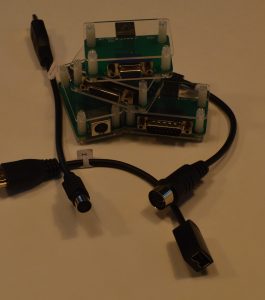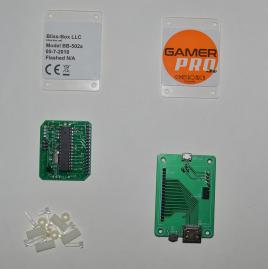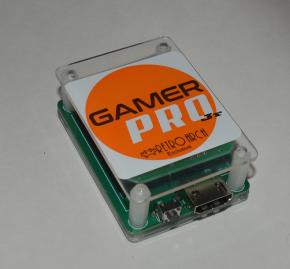Flycast Libretro has now gained modem and PPP support. It leverages dreamcastlive.net which makes it possible to still play these games while their original servers are down.
Grab the latest core from the buildbot in order to use this! It should work on Windows, Linux, Android, and potentially even macOS seamlessly without having to input an IP address, thanks to true zero-configuration multiplayer! To our knowledge, this is the first time a Dreamcast emulator offers true zero-configuration multiplayer support like this. Demul requires a complicated TAP driver/OpenVPN configuration, and modem support was not implemented yet since the last time we checked.
How to configure online
In this video, I will boot up one of the games that allows you to set your ISP network information. You will need to do this before online multiplayer will work in Dreamcast games such as Phantasy Star Online.
One of the games that lets you do this is Quake III Arena. Other games that allow you to do this include (but are not limited to) Ooga-Booga and Toy Racer.
Input any username and password combo you want, and only input a local phone number. It can be completely bogus, it can be 666 or 888, whatever you want.
After that, you press Dial. These details will now be saved to your NVRAM, and from there, this same ISP info will be used for every subsequent multiplayer game onwards, such as Phantasy Star Online.
BTW – if you are on Windows, you might get a warning at some point from Windows Firewall if you want to allow a connection – select ‘Yes’.
Phantasy Star Online gameplay footage
In this session, you see me and flyinghead meeting up in a lobby in Phantasy Star Online and doing some hunts together! We are both using the same version of Flycast Libretro inside RetroArch.
As you can see, online works surprisingly well! All kudos to flyinghead for implementing the code necessary to be able to emulate this!
Hopefully in the near future we will have keyboard and mouse support to complement all this! It is already in flyinghead’s own branch of flycast right now.




